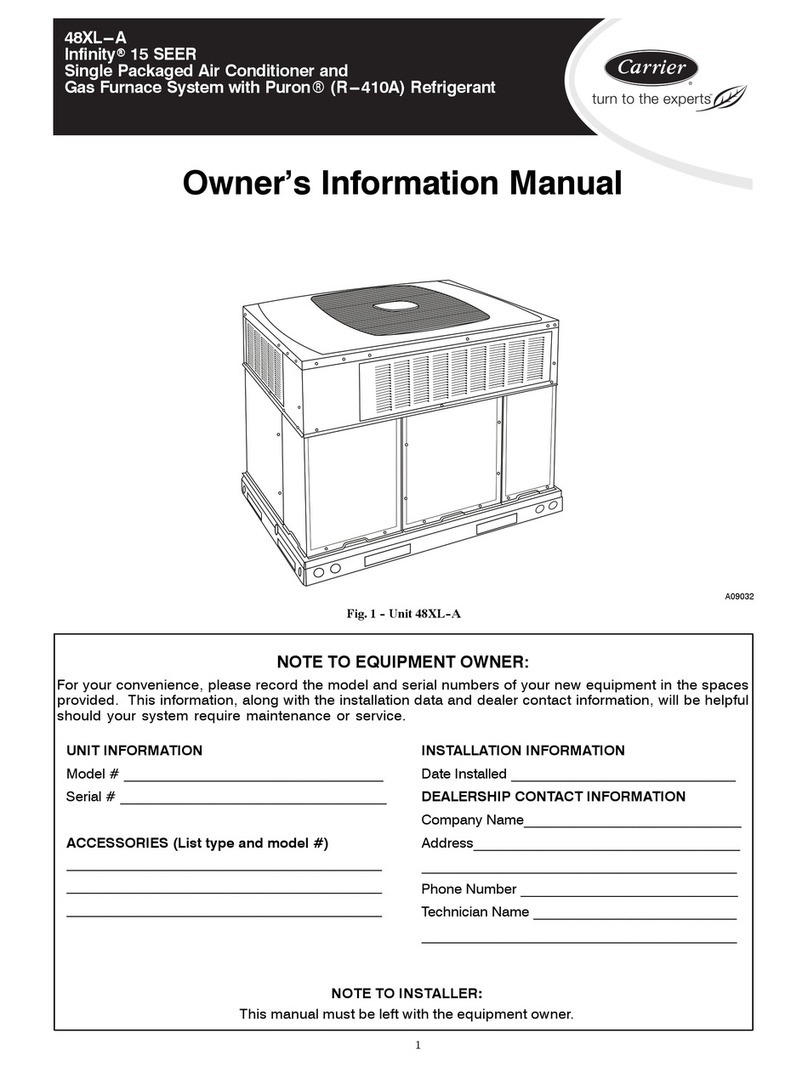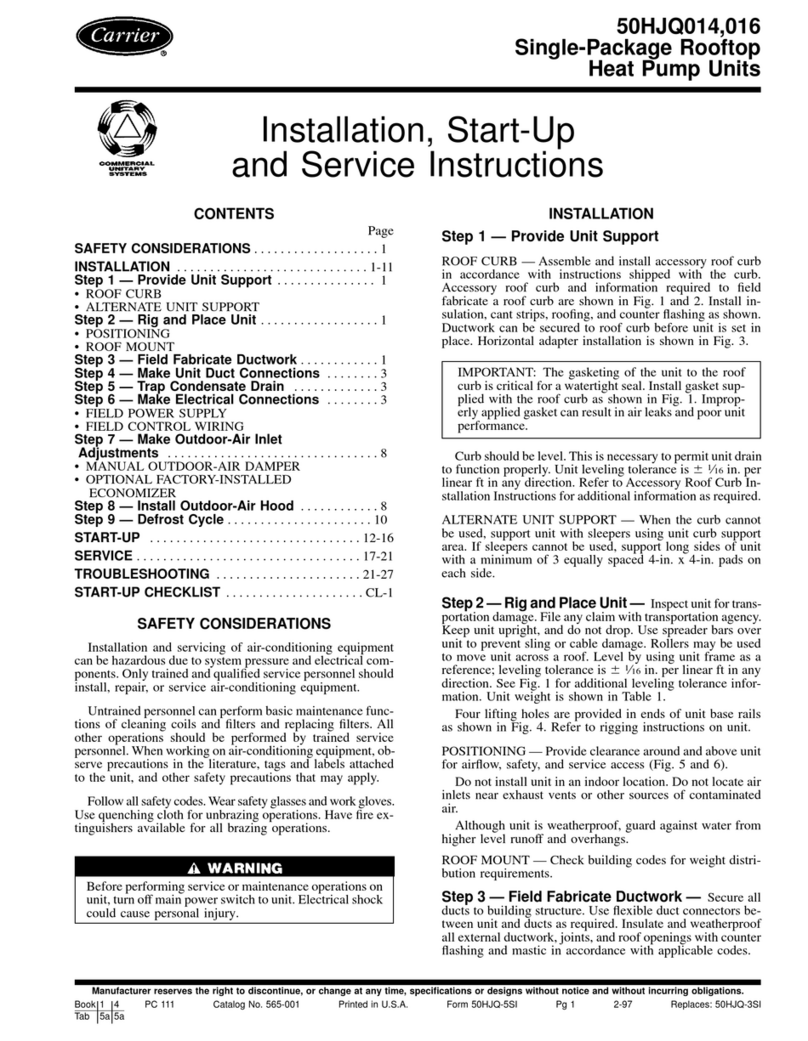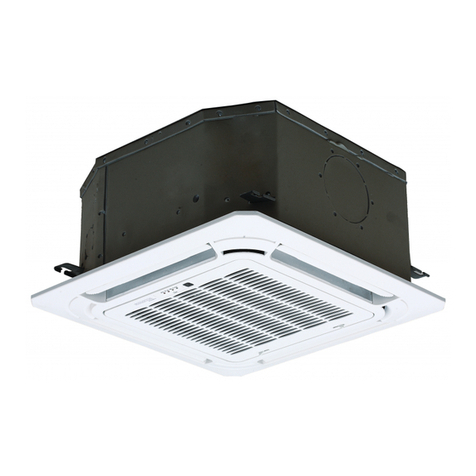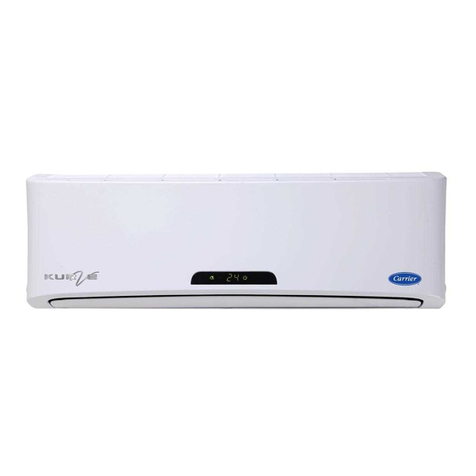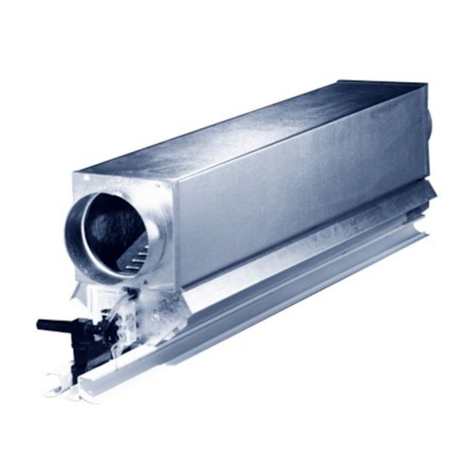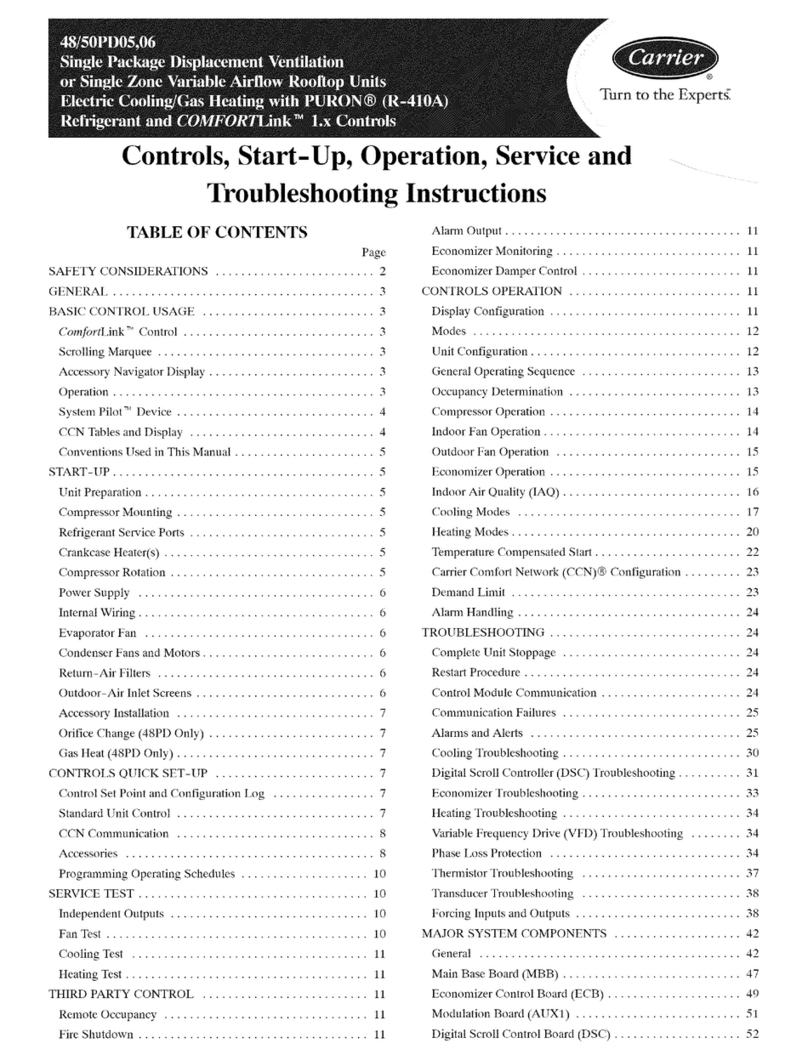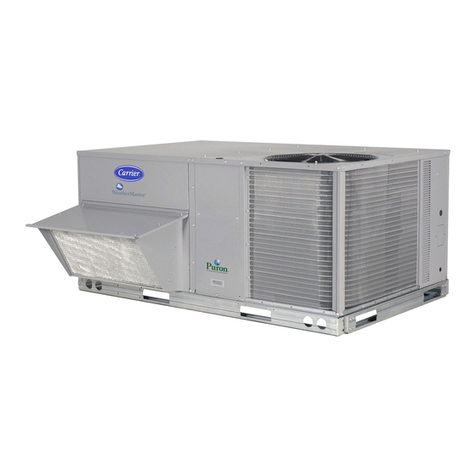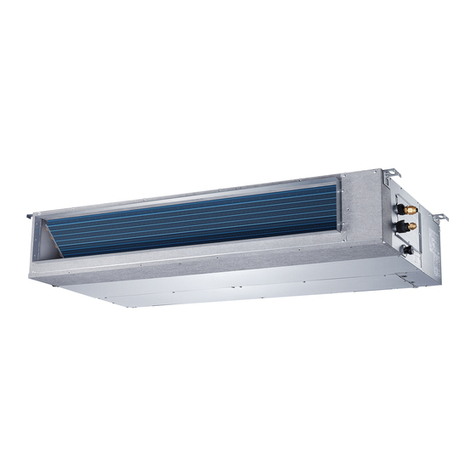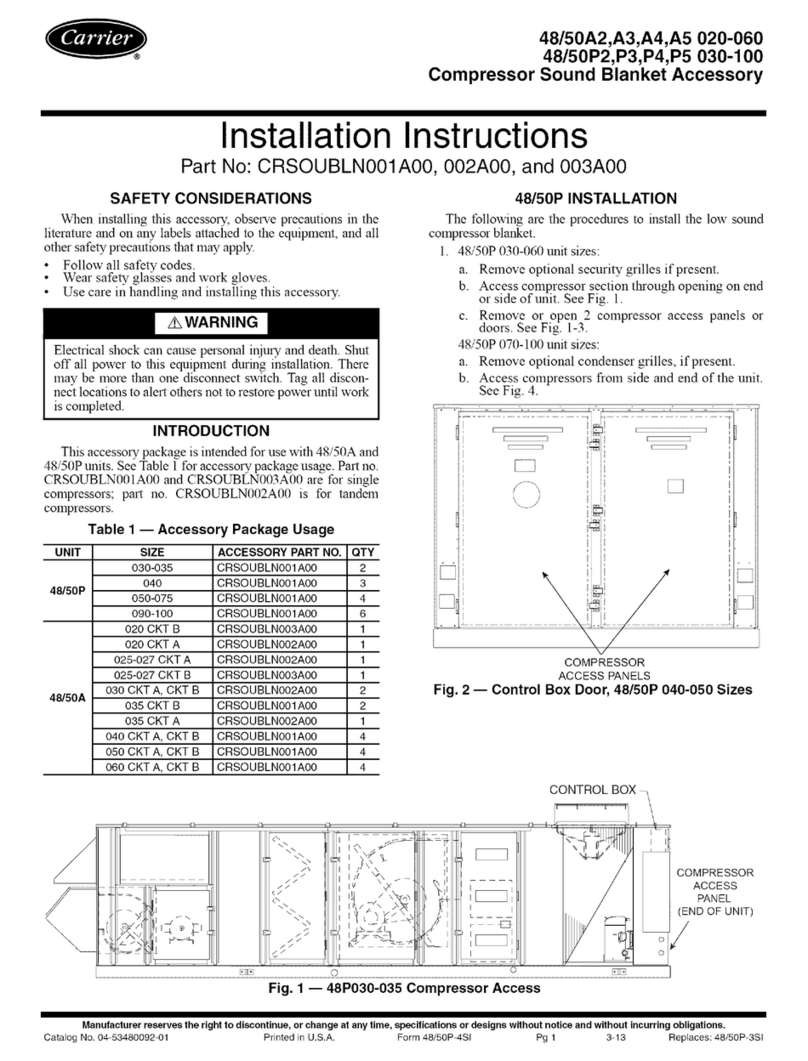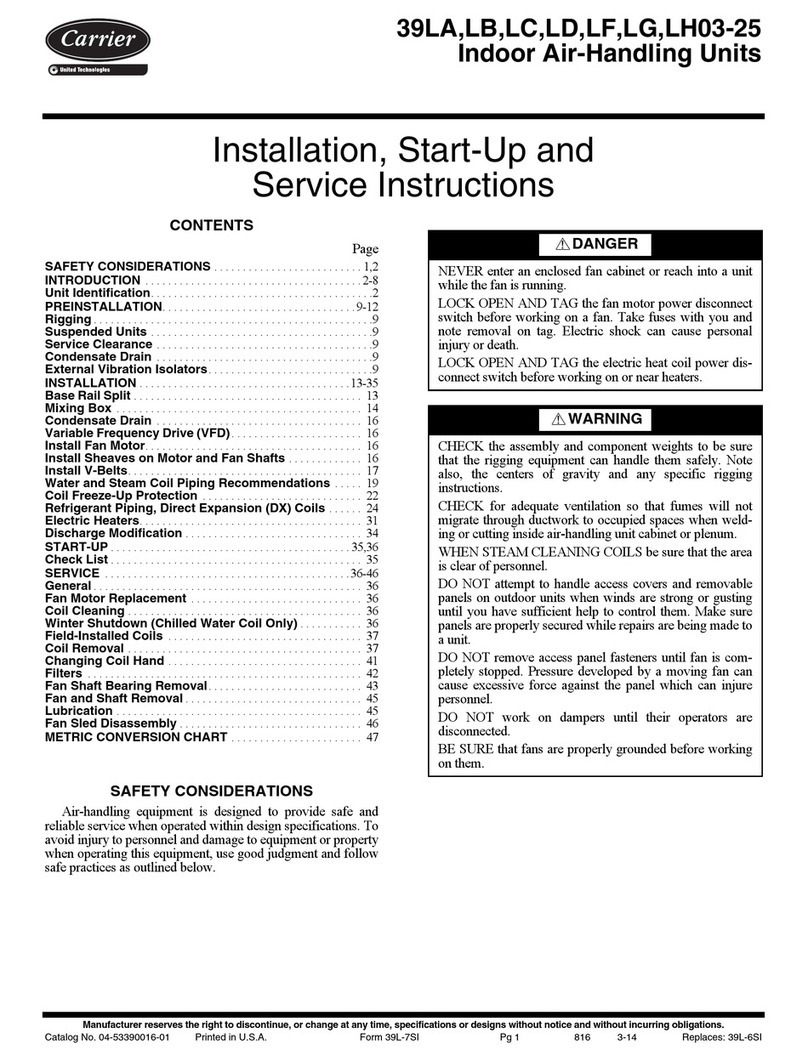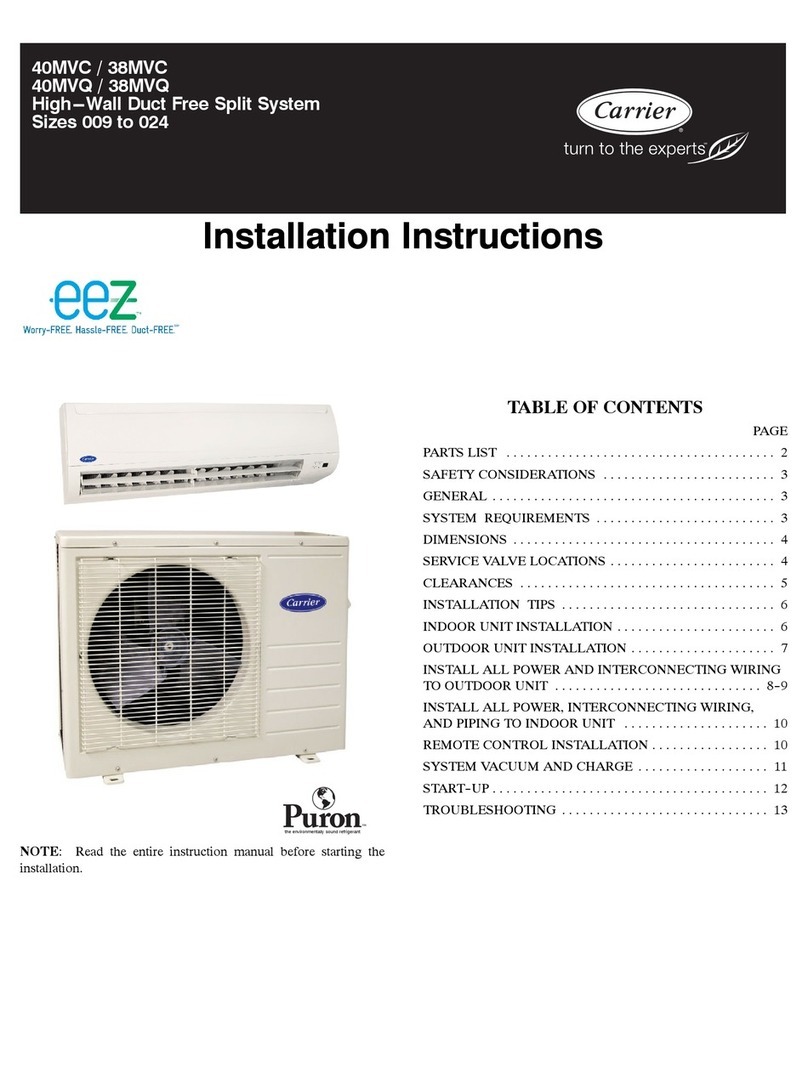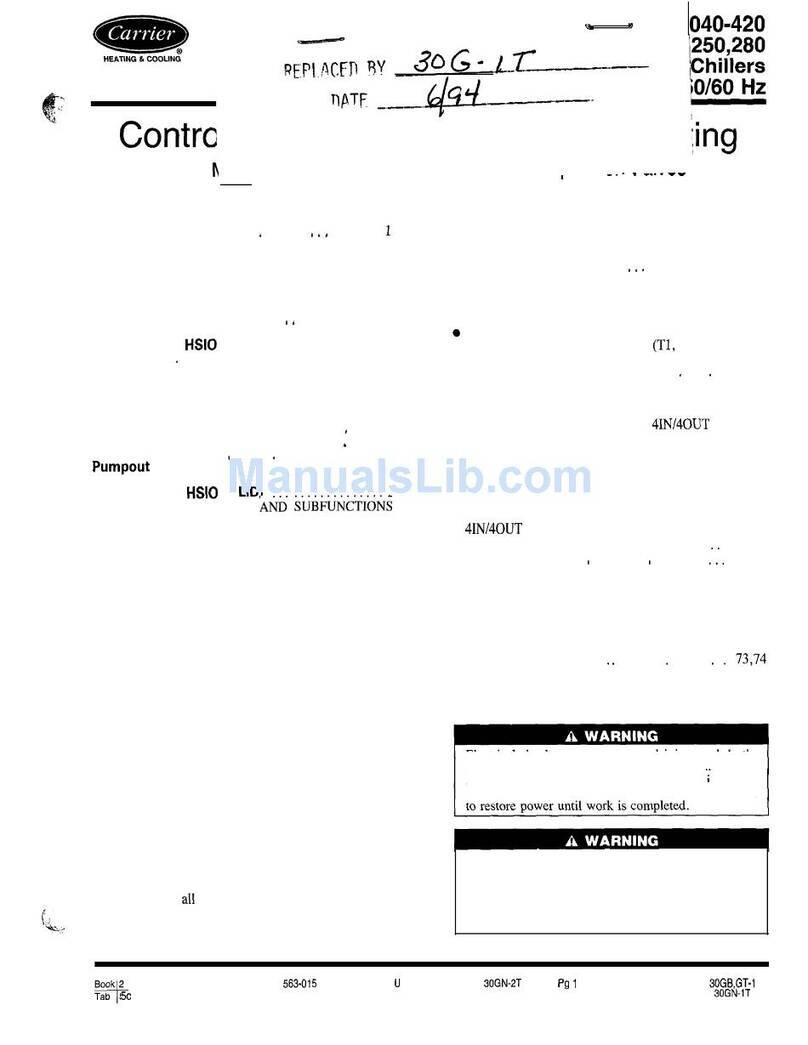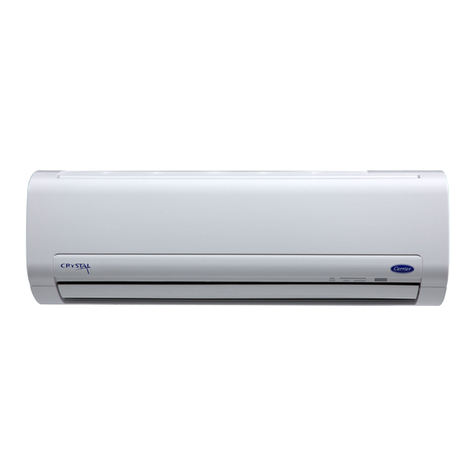
iT--295
TABLE OF CONTENTS
PARAGRAPH NUMBER Page
SAFETY SUMMARY Safety-1.....................................................................
DESCRIPTION 1-1...............................................................................
1.1 INTRODUCTION 1-1..............................................................
1.2 GENERAL DESCRIPTION 1-2......................................................
1.2.1 Apex Unit 1-2..................................................................
1.2.2 Condensing Section 1-2..........................................................
1.2.3 Evaporator Section 1-3...........................................................
1.2.4 Compressor Assembly 1-4........................................................
1.2.5 Fresh Air System 1-4............................................................
1.2.6 System Operating Controls And Components 1-4.....................................
1.3 REFRIGERATION SYSTEM COMPONENT SPECIFICATIONS 1-5........................
1.4 ELECTRICAL SPECIFICATIONS -- MOTORS 1-5......................................
1.5 ELECTRICAL SPECIFICATIONS -- SENSORS AND TRANSDUCERS 1-5..................
1.6 SAFETY DEVICES 1-5.............................................................
1.7 AIR FLOW 1-6....................................................................
1.8 AIR CONDITIONING REFRIGERATION CYCLE 1-6...................................
1.9 HEATING CYCLE 1-8.............................................................
1.10 RELAY BOARD 1-9...............................................................
1.10.1 Permanent Magnet Motors with 2 speed switching from series to parallel
connection (Option 1) 1-9........................................................
1.10.2 Electronically Communtated DC Motors with 2--speed Evaporator Input Signal (Option 2) 1-11.
1.11 LOGIC BOARD 1-12................................................................
1.12 CONTROL PANEL (Diagnostic Module) 1-13............................................
OPERATION 2-1.................................................................................
2.1 STARTING, STOPPING AND OPERATING INSTRUCTIONS 2-1..........................
2.1.1 Power to Logic Board 2-1........................................................
2.1.2 Starting 2-1....................................................................
2.1.3 Self-Test and Diagnostics (Check for Errors and/or Alarms) 2-1..........................
2.1.4 Stopping 2-1...................................................................
2.2 PRE--TRIP INSPECTION 2-1........................................................
2.3 MODES OF OPERATION 2-3.......................................................
2.3.1 Temperature Control 2-3.........................................................
2.3.2 Cooling Mode 2-3..............................................................
2.3.3 Heating Mode 2-3..............................................................
2.3.4 Boost Pump 2-3................................................................
2.3.5 Vent Mode 2-3.................................................................
2.3.6 Fresh Air System 2-3............................................................
2.3.7 Compressor Unloader Control 2-3..................................................
2.3.8 Evaporator Fan Speed Selection 2-4................................................
2.3.9 Condenser Fan Control 2-4.......................................................
2.3.10 Compressor Clutch Control 2-4....................................................
